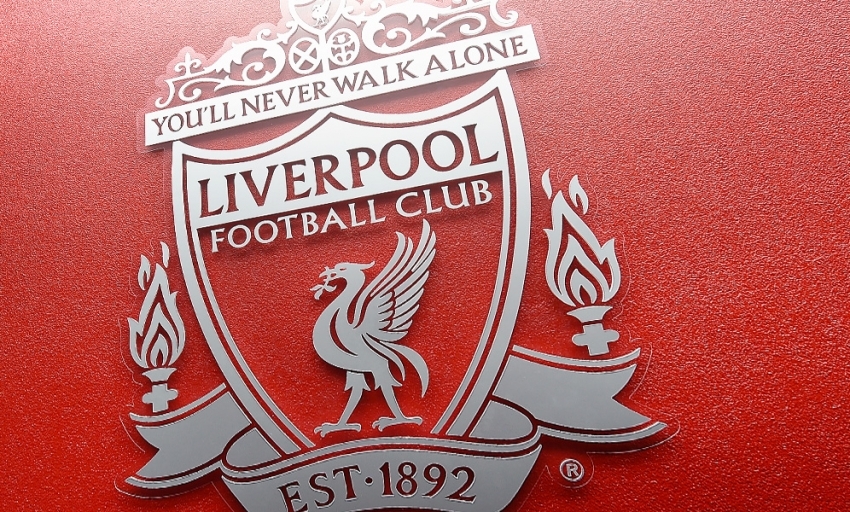Hillsborough inquests - June 27
The Hillsborough inquests commenced on March 31, 2014 and are the subject of reporting restrictions that have been imposed by the Attorney General's office. Liverpool Football Club is respectful of these restrictions and will therefore only be making available updates from other media channels for the duration of the inquest.

To view archive reports from each day of the inquest hearings, click here.
Courtesy of Press Association - June 27
Miscalculating the safe crowd capacity, failure to monitor the number of people in pens and the build-up of spectators at turnstiles all led to danger for the supporters at Hillsborough, the inquests heard today.
Michael Mansfield QC, representing some of the families of the deceased, said these were "three key factors" which contributed to creating a "serious risk of danger" on the Leppings Lane terraces where 96 Liverpool fans were crushed to death.
Mr Mansfield put what he called "three short propositions" to stadium expert John Cutlack, a structural engineer, at the hearing in Warrrington.
Mr Cutlack has been instructed by the coroner, Lord Justice Goldring, to give his expert opinion, following weeks of evidence from witnesses from Sheffield Wednesday, fire, police and the local authority, responsible for safety on the day.
First Mr Cutlack agreed with the lawyer, that there had been a "substantial" miscalculation of the capacity of the Leppings Lane terrace, the jury having heard the maximum safe number of fans should have been 5,426 - when the safety certificate allowed 7,200.
The witness also agreed with Mr Mansfield there was also a failure to rectify, or lower, the capacity limits in the decade before the disaster on April 15, 1989, when Liverpool played Nottingham Forest in an FA Cup semi-final at Hillsborough.
Secondly Mr Mansfield put it to the witness that there was also a failure to put in place a system, either structural, mechanical or by human means of simple counting, so the numbers of spectators going into the separate pens on the Leppings Lane terrace could be monitored.
Mr Cutlack replied: "Yes, I think I would agree with that."
Finally Mr Mansfield put it to the expert that there had been a failure to prevent a build-up of fans on the approaches to the turnstiles outside, as thousands of supporters descended on the ground.
Mr Cutlack replied: "I think the turnstile configuration in 1989 was insufficient because there were too few turnstiles for the way the ground was used on the day.
"I think there were better arrangements that could have been put in place."
The inquest has heard that 10,100 Liverpool fans had tickets for seven turnstiles, or 1,443 per turnstile - far more than in the safety guidelines of a "flow rate" of 750 fans per turnstile per hour.
It would have taken the Liverpool fans two hours to get through the turnstiles and into the ground for the 3pm kick-off.
In fact the jury have heard the police and match hosts Sheffield Wednesday FC were aware that the usual pattern of arrival at the ground for fans was anything from 50% upwards only arriving at the ground 20 minutes before kick off.
Later Terry Munyard, representing three families of the deceased, questioned the witness about documentation for annual inspections for the purpose of the stadium safety certificate.
He showed the jury a letter from Wilfred Eastwood, Sheffield Wednesday's consultant engineer, who advised the club on structural matters and ground safety.
In the letter, dated May 25 1989, weeks after the disaster, Dr Eastwood wrote to the club's secretary to say he had not realised during inspections that a representative from Sheffield City Council should have been present.
He then proposed, and enclosed in the letter to the club, two certificates for the inspections in previous years when they were not properly carried out and had not been issued at the time.
Mr Cutlack said: "I have never seen this letter you have shown me just now.
"I have to say that that's a fairly horrifying letter from a professional perspective."
Mr Munyard added: "1986 and 1987 are simply back-dated. You would never know from looking at them that they had actually been produced in 1989 and not two and three years previously."
The hearing, in Warrington, was adjourned until Monday morning.



